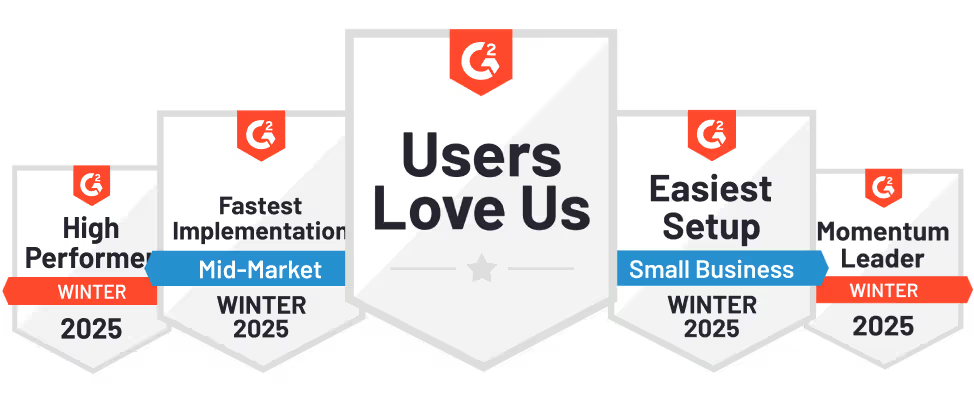Choosing the right LinkedIn ad format is crucial because it directly impacts engagement, cost-efficiency, and conversion rates. Let’s look at the different Types of Ads on LinkedIn.
| Ad Format |
Use-cases |
Best Practices and Tips |
| Single Image Ads |
- Product announcements
- Lead generation
- Brand awareness
|
- Use high-quality, eye-catching images
- Keep text concise and compelling
- Include clear call-to-action (CTA)
- A/B test different images and copy
|
| Carousel Ads |
- Storytelling
- Showcasing multiple product features
- Myth-busting or educational content
|
- Create a narrative across slides
- Use curiosity-sparking headlines
- Ensure visual consistency
- Add visual CTAs
|
| Video Ads |
- Product demonstrations
- Customer testimonials
- Thought leadership content
|
- Keep videos short (30-90 seconds)
- Use captions for silent viewing
- Start with a hook in the first 3 seconds
- Include clear branding
|
| Message Ads |
- Event invitations
- Demo requests
- Personalized promotions
|
- Keep the message under 500 characters
- Use personalization (first name, job title)
- Add a clear CTA
- Use hyperlinks
- Consider adding a banner image
|
| Conversation Ads |
- Lead nurturing
- Interactive content delivery
- Multi-path engagement
|
- Create multiple conversation paths
- Use personalization
- Keep messages concise
- Track button click performance
|
| Text Ads |
- Cost-conscious campaigns
- Precise targeting
- Supplementary advertising
|
- Use clear, concise language
- Highlight unique value proposition
- Target precisely
- Monitor click-per-click
|
| Spotlight Ads |
- Product showcasing
- Content promotion
- Driving website traffic
|
- Use personalization (name, photo)
- Clear headline (50 chars)
- Compelling CTA (18 chars)
- High-quality image
|
| Follower Ads |
- Building brand community
- Increasing organic reach
- Professional networking
|
- Personalize with user's name/photo
- Showcase page value
- Use engaging visuals
|
| Document Ads |
- Whitepapers
- Research reports
- Detailed guides
|
- Use high-quality, informative documents
- Create a compelling preview
- Align with audience interests
|
| Event Ads |
- Webinar promotion
- Conference marketing
- Networking events
|
- Clear event details
- Attractive event description
- Easy registration process
|
| Sponsored Content |
- Thought leadership
- Industry insights
- Company news
|
- Use native content format
- Engage with comments
- Test different content types
|
| Sponsored Messaging |
- Personalized outreach
- Account-based marketing
- Exclusive offers
|
- Segment audience carefully
- Craft compelling subject lines
- Provide value in every message
|
| Text and Dynamic Ads |
- Retargeting campaigns
- Brand awareness
- Job postings
|
- Use dynamic content
- Test different ad sizes
- Optimize for mobile
|
| Lead Gen Forms |
- Whitepaper downloads
- Free trial sign-ups
- Newsletter subscriptions
|
- Keep forms short (3-4 fields)
- Use clear value proposition
- Follow up quickly with leads
|
➡️Read our detailed blog on Types of LinkedIn Ads.
💡Comparing Search Ads and Display Ads:
When comparing ad types, it's crucial to distinguish between search and display ads.
- Search ads are intent-based, targeting users actively seeking specific products or services. They appear on search engine results pages (SERPs) and operate on a pay-per-click (PPC) model.
- Display ads, on the other hand, cast a wider net across various platforms like the Google Display Network. They use a "push" advertising approach, appearing based on targeting parameters such as demographics, interests, and browsing behavior.






